Features
12 Animal Crossing GameCube Features That Never Returned to The Series
Three-level towns and catching Wisp spirits may have finally returned to the franchise with New Horizons after being absent for almost two decades, but there are still plenty of features that are trapped in the debuting era of the franchise with Animal Crossing on GameCube…
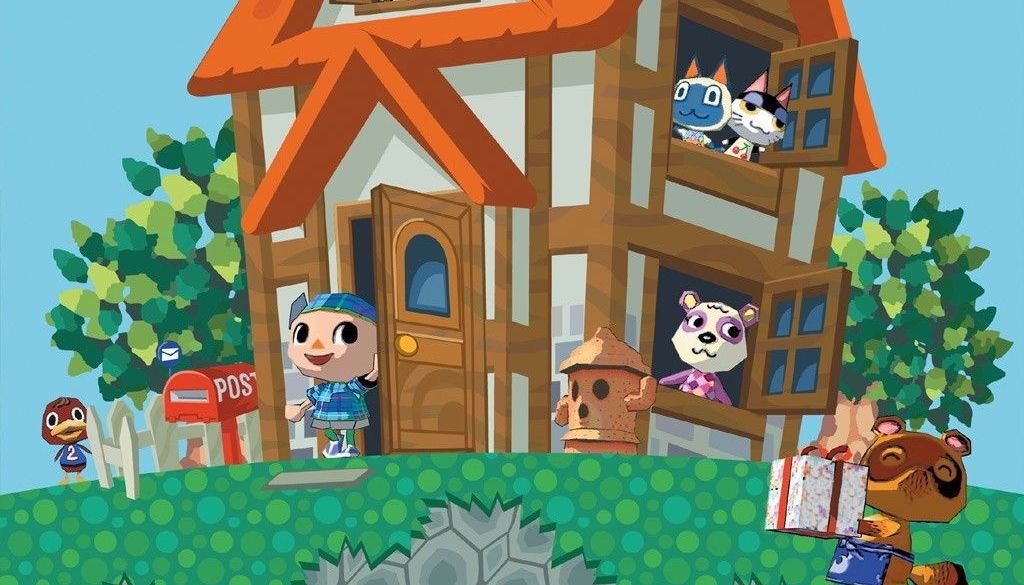
The Features That Never Returned – Animal Crossing on GameCube
It might be primitive in comparison to its future entries, yet never will it be considered outdated. The first-ever Animal Crossing game to be localized in the west set a standard for Nintendo’s life simulation series that later landed a position in their leading lineup of franchises after becoming a hit on nearly every system it touched. A cute yet aggressive game about an animal village would continue to evolve into a more approachable one over time, yet its original experience still attains several aspects that never saw the light of day in its smash-hit successors. Three-level towns and catching Wisp spirits may have finally returned to the franchise with New Horizons after being absent for almost two decades, but there are still plenty of features that are trapped in the era of memory cards and disc-only startups. These are 12 features you can still only find in the original Animal Crossing on GameCube…
Coin Toss at The Wishing Well

Every Animal Crossing game has plenty of New Years’ festivities to participate in, but the GameCube entry is the only one in the franchise to do something early in the morning with December 31st. On New Years’ morning, the villagers of your town will meet Tortimer at the wishing well to participate in a coin toss. Like the superstitious event believed to bring future fortune in the real world, the coin toss event allows players to make a New Year’s resolution with a spice of good luck before throwing a singular bell coin into the usual town meeting spot. While the event has no in-game effects, like many of the other special activities players can participate in, the coin toss is a neat occasion to simply meet up with other villagers and hear some exclusive dialogue. Fun fact: the fountain in the original Japanese release is actually a bell shrine! Is cutting in line to partake in the tradition technically a sin if a fellow animal lets you do it?
Nintendo Entertainment System [NES] Games

Nintendo-themed items have always appeared throughout the Animal Crossing series, yet nothing can top the actual Nintendo Entertainment System games that were obtainable in the original title. Playable on small replica systems, Animal Crossing had a built-in NES emulator with a catalog of classic obtainable games such as Balloon Fight, Clu Clu Land, Donkey Kong, Golf, Excitebike, and more. While there were different means to obtaining every NES game in each region’s release, they all consisted of relatively the same lineup of titles. In the Western release of the game, most of the NES catalog could be obtained through inputting passcodes at Tom Nook’s shop, participating in the occasional lottery, or simply by using the memory card that was packed in with the game for your save file. However, there are “four forbidden titles” that were only obtainable through unreleased eReader cards and cheating devices being Super Mario Bros., Ice Climbers, Mario Bros., and The Legend of Zelda. Players can only receive these in-game items today on original hardware by utilizing an action replay.
The Cherry Blossom Festival
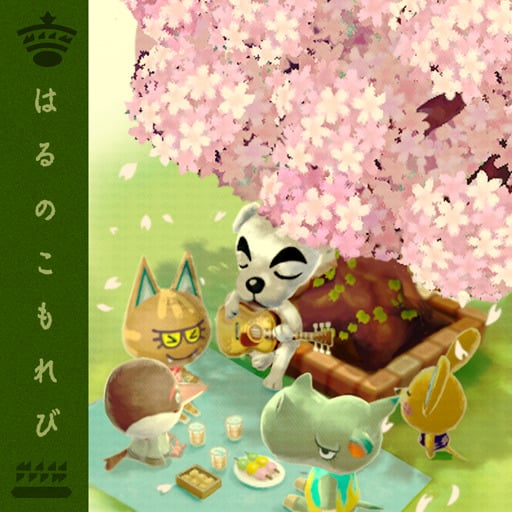
Cherry blossom season has become a staple of the Animal Crossing series that seemingly last longer with each new entry that releases. Every game has featured the blooming period of the pink spring, but the GameCube entry was the only title in the series to actually make a full-on festival out of the seasonal occasion. Not only do the town’s villagers gather for a picnic near the town plaza and wishing well between April 5th and 7th, but every deciduous tree will be covered in pink petals for three days at most. To go along with the miniaturized collection of items players could collect to build village dioramas in their homes, Tortimer will give you a special cherry blossom pink tree model when speaking to him along with information about the festival’s meaning. New Horizons’ may have more obtainable items for the cherry blossom festival, but what it lacks is constant raining petals and its own theme like the first game.
Not One, But Two Sports Fairs
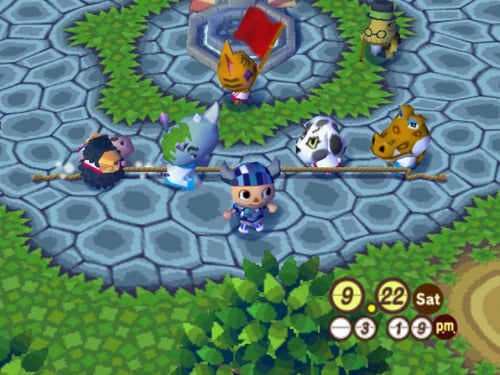
Have you ever wanted to witness your villagers battle it out in some sports? Probably not, but Animal Crossing on GameCube did feature a day called Sports Fair that took place twice a year. Villagers will compete in games of aerobics, foot race, ball toss, and tug-o-war at specific times throughout the day on September 23rd and 24th, and March 20th and 21st. Despite there being four activities to participate in, players could only actually enter into three of the contests — everything except for the ball toss which most villagers are ironically confused about. There are no actual rewards for participating or winning in the events, but players can view some unique dialogue and emotions from their villagers throughout the day. For speaking with Tortimer anytime during the event, the player can receive a special medal replica item for their home.
Customizable Inventory Screens

Animal Crossing is all about customization, but why is it that the inventory screen has had no player creative input since the GameCube? Most players are probably completely unaware of this secret feature as the game never mentions its existence, but in the GameCube entry you could actually customize your inventory screen’s background by using clothing. By merely dragging your chosen clothes to the bottom of the menu and clicking A, the slow-moving backdrop of the inventory screen will change to match the design featured on your item. It is an extremely simple and unnoticeable addition players may likely trigger on accident and never pick up on, yet it is a shame that for a series all about creating layouts and designs this minuscule change has never made a return.
Interactive Diaries

Looking to keep an Animal Crossing diary that either you or all your friends could openly read? The bulletin board may be a reoccurring addition to the franchise that allows you to do this, however, the series once offered a more self-contained alternative — at least in every release of the game outside of Japan. The diary item not only included a calendar to see what upcoming future events were on the way, but had pages for players to input their own thoughts through the standard text sheets they would typically use with letters and the bulletin board. To receive the item, players could either purchase it from Nookaway and Nookington throughout the year or alternatively pick it up for free from Tortimer on New Year’s Day. Even though players are given a free one upon choosing their home at the start of the game, the diary item also notably comes in sixteen variations to choose from with designs ranging from plaid and polka-dot to standard journals and even Japanese scrolls.
Sale Day

In the 1950s, America began pushing one so-called infamous “holiday” to the public’s focus. Black Friday became a post-Thanksgiving day rampage where stores would have their biggest holiday sales of the year. While it definitely has — and perhaps thankfully — devolved into an event that is starting to outgrow its one-day span, Animal Crossing once gave into the trend too (or so it is heavily implied). When entering Tom Nook’s store and Redd’s tent on the fourth Friday of November, the shops will be littered with discounted mystery grab bags containing three items each to commemorate what is known as “Sale Day”. Like the cherry blossom festival, if the player also happens to speak with Tortimer on this day near the wishing well they can receive a miniature market model item.
The Special Character Farley
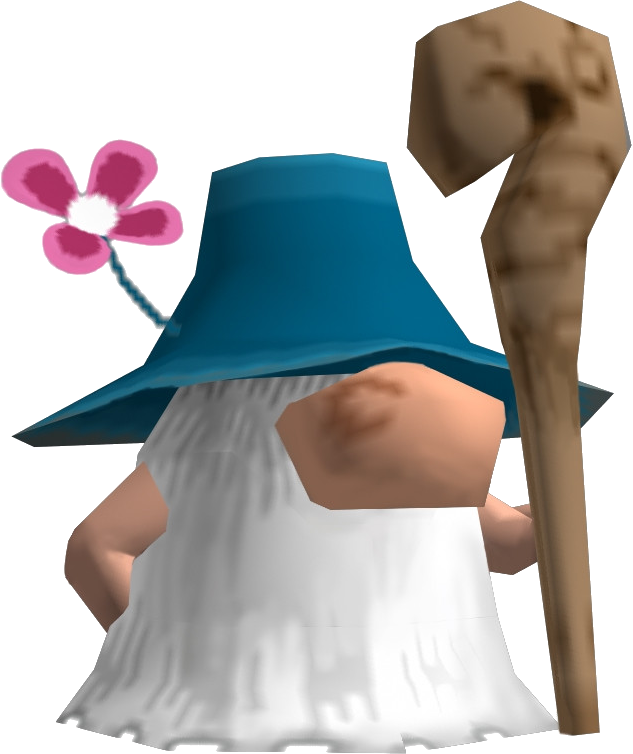
If there is any special character in the entire Animal Crossing franchise who is a complete outlier from the rest, there is no doubt that Farley would take the top of the pedestal for that category. Likely coming from troll or gnome origin as he dons a fantasy appearance, Farley is speculated to be the voice of the Wishing Well itself players can interact with at any time. Making only one appearance to grant the player with a golden axe upon achieving a perfect town, Farley has never returned to the franchise in any form. Unlike characters such as Tortimer and Joan who have gone missing in action but occasionally make a public appearance, this unidentified species of a character has never been referenced in any celebratory artwork, in-game items, or even dialogue. To make things stranger for this oddball, not only is he the only character to have hair that hits the floor and share a birthday with Audie the wolf, Farley exclusively appears in the North American version of the GameCube game. At the very least, he did receive an e-reader card. And speaking of…
eReader Minigames, Town Tunes, and More

If there was going to be any entry on this list to become a complete relic of the past, leave it to the failed eReader device to take the spotlight. For those unaware, the eReader was Nintendo’s first attempt at creating something similar to the modern-day amiibo cards. However, to utilize these stylish dot-coded collectibles, players needed a specialty device that connected to the Game Boy Advance’s cartridge slot along with a console to handheld link cable — it was a pricy add-on with too many accessories to get functioning, but nonetheless, it was a neat concept that the company would revisit with AR technology in the future. The eReader offered Animal Crossing GameCube players a quirky barrage of minigames and extras to mess with that were just entertaining novelties at best. Every scannable card offered unique in-game rewards, whether that be receiving letters from a specific animal through a villager card or playing a Game Boy Advance jump rope minigame with a minigames card. From designs, town tunes, to even those aforementioned NES titles, these cards surprisingly packed quite a bit of bizarre content.
Island Bungalow Home
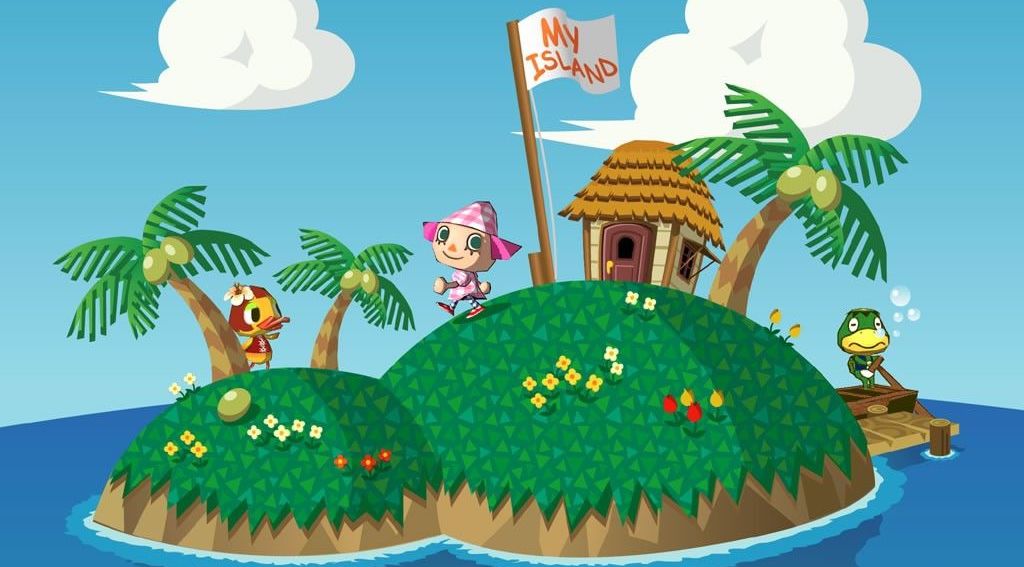
The eReader was not the only functional device compatible with Animal Crossing for the GameCube though. For those who owned a plan old Game Boy Advance and that very same link cable, Animal Crossing contained one extra getaway bonus feature that would return to future entries–just not in the same form. While the presence of an extra villager on the Game Boy Advance exclusive “Animal Island” is rather well-known, a second house on the spot of land often goes unrecognized by most players. It may be a pain to get to every time you load up the game due to having to plug in an active Game Boy Advance, but Animal Island’s bungalow home is a practical second house for every player. Not only can it be used as an isolated room for storage or display, but the island will also keep its tropical climate conditions all year round making it a prime location to obtain various flowers, bugs, fish, and fruit.
A Statue… of Yourself?

At some point in our Animal Crossing daily lives, we are all bound to be a bit egotistical. Whether we are forcing a villager to buy a common overpriced item to make some quick cash with Reece or denying them of their opportunity to embark on a new adventure forever in New Horizons, nothing is comparable to having a gold statue of ourselves at the front of town. Out of all of Animal Crossing’s exclusive features on GameCube, there is quite nothing as jaw-dropping as the mere fact that players could erect a literal gold-plated statue of themselves near the train station of town after paying off all their loans — and not just one statue, but four! Each individual player can get a statue of different sizes and materials depending on the order in which they paid their house loans. Where did Tom Nook even get the bells for these statues? Is that where our loans were actually going this whole time?
Disc In, Disc Out

It is well known among die-hard Animal Crossing fans that the franchise was originally a Nintendo 64DD title in Japan. Due to the Nintendo 64’s add-on quickly being declared a flop and swept under the rug in its home turf, the company’s newest attempt at a life-simulation game was ported over to the GameCube for overseas audiences. It may have been localized with no actual major upgrades outside of some accessibility changes and notable item and holiday differences, but there is one accidental feature the first game contains by total coincidence. Since Animal Crossing only required 32MB of RAM to function, it only requires a disc upon starting up the title and saving. The entirety of Animal Crossing perfectly fits in the GameCube’s RAM, leaving users to be able to eject their disc after entering their save file. It may not be useful at all, but enjoy your village life while knowing that your disc-only system contains no disc!

-

 Features4 weeks ago
Features4 weeks agoGet Ready: A Top Isekai Anime from the 2020s Is Headed to Hulu!
-

 Features3 weeks ago
Features3 weeks agoSocial Gaming Venues and the Gamification of Leisure – A New Era of Play
-

 Features3 weeks ago
Features3 weeks agoSolo Leveling Snubbed?! You Won’t Believe Who Won First at the 2025 Crunchyroll Anime Awards!
-

 Culture3 weeks ago
Culture3 weeks agoThe Global Language of Football: Building Community Beyond Borders
-

 Technology4 weeks ago
Technology4 weeks agoIs Google Binning Its Google Play Games App?
-

 Technology4 weeks ago
Technology4 weeks agoHow to Download Documents from Scribd
-

 Guides4 weeks ago
Guides4 weeks agoBoosting and WoW Gold: Why Prestige and Efficiency Drive the Modern MMO Player
-

 Technology2 weeks ago
Technology2 weeks agoGamification and Productivity: What Games Can Teach SaaS Tools
-

 Features2 weeks ago
Features2 weeks agoFarewell to a Beloved 13-Year-Old Isekai Anime That Brought Us Endless Laughter
-

 Features1 week ago
Features1 week agoThis Upcoming Romance Anime Might Just Break the Internet; Trailer Just Dropped!
-

 Features3 weeks ago
Features3 weeks agoWait, What?! Tom & Jerry Just Turned Into an Anime and It’s Glorious!
-

 Culture2 weeks ago
Culture2 weeks agoIs the Gaming Industry Killing Gaming Parties?






















